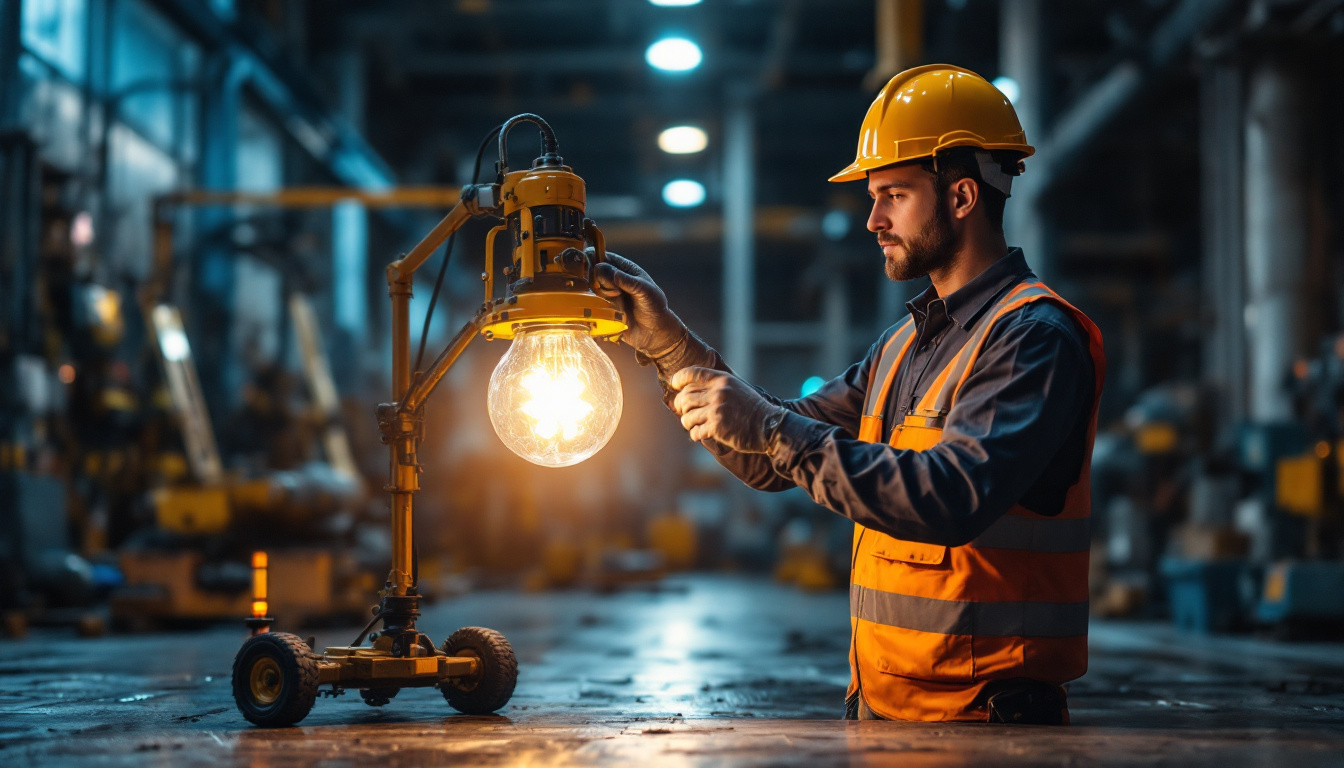
As a lighting contractor, ensuring that your projects meet safety standards while providing optimal illumination is paramount. One essential tool in your arsenal is the explosion-proof lamp. This specialized lighting is designed to operate safely in hazardous environments where flammable gases or dust may be present. This article serves as a comprehensive checklist for lighting contractors to consider when selecting and implementing explosion-proof lamps in their projects.
Explosion-proof lighting is engineered to prevent the ignition of flammable substances in hazardous locations. These lamps are built with robust materials and unique designs that contain any potential explosions within the fixture itself. This feature is crucial in environments such as oil refineries, chemical plants, and grain silos, where the risk of explosion is significant. The design of these fixtures often includes thick glass, reinforced housings, and specialized seals that prevent the ingress of dust and moisture, thereby enhancing their durability and safety.
It is important for lighting contractors to understand the classifications and ratings associated with explosion-proof lighting. Familiarity with these standards will not only ensure compliance but also enhance safety for workers and equipment in potentially dangerous settings. Additionally, understanding the specific environmental conditions—such as temperature extremes, humidity levels, and the presence of corrosive substances—can further guide contractors in selecting the most suitable lighting solutions for their projects.
Explosion-proof lamps are classified based on the type of hazardous materials present in the environment. The National Electrical Code (NEC) outlines three primary classes:
Each class is further divided into divisions that specify the likelihood of an explosive atmosphere being present. Understanding these classifications will help contractors select the appropriate lighting solutions for specific applications. For instance, Class I Division 1 areas, where flammable gases are present under normal operating conditions, require more stringent safety measures compared to Class II Division 2 areas, where dust is only present under abnormal conditions. This nuanced understanding is vital for ensuring that the correct type of explosion-proof lighting is installed in the right location.
Compliance with safety regulations is not just a legal obligation; it is also a moral responsibility. Using explosion-proof lamps that meet industry standards can significantly reduce the risk of accidents and protect both personnel and property. Contractors should always verify that the products they choose are certified by recognized testing laboratories, such as Underwriters Laboratories (UL) or the Canadian Standards Association (CSA). Furthermore, regular inspections and maintenance of these lighting systems are essential to ensure their ongoing effectiveness and reliability. This proactive approach not only adheres to regulatory requirements but also fosters a culture of safety within the workplace, encouraging employees to prioritize their well-being in high-risk environments.
Moreover, advancements in technology have led to the development of LED explosion-proof lighting, which offers enhanced energy efficiency and longer lifespans compared to traditional lighting options. These modern fixtures not only provide superior illumination but also contribute to lower operational costs over time. As industries continue to evolve, staying informed about the latest innovations in explosion-proof lighting can empower contractors to make informed decisions that enhance safety and efficiency in hazardous locations.
When selecting explosion-proof lamps, several key features should be considered to ensure they meet the specific needs of the project. These features not only enhance safety but also improve the efficiency and longevity of the lighting solution.
The materials used in the construction of explosion-proof lamps are critical for their performance. Typically, these lamps are made from rugged materials such as aluminum, stainless steel, or polycarbonate. The choice of material impacts the lamp’s durability, resistance to corrosion, and ability to withstand harsh environmental conditions.
Additionally, the build quality should include features like tempered glass lenses, which provide protection against impact and thermal shock. A well-constructed lamp will not only last longer but will also perform reliably in challenging conditions. Furthermore, the design should incorporate sealed enclosures to prevent the ingress of dust and moisture, ensuring that the internal components remain protected even in the most demanding environments. This is particularly vital in industries such as oil and gas, where exposure to explosive gases and vapors is a constant concern.
Modern explosion-proof lamps utilize various lighting technologies, including LED, fluorescent, and incandescent. LED technology is becoming increasingly popular due to its energy efficiency, long lifespan, and low heat emission. When selecting a lamp, consider the brightness (measured in lumens), color temperature, and the beam angle to ensure the lighting meets the specific needs of the workspace.
Moreover, the ability to dim or adjust the lighting can further enhance functionality, allowing for greater control over the work environment. Advanced features such as smart lighting controls can be integrated into explosion-proof lamps, enabling remote monitoring and adjustments via mobile devices or centralized systems. This not only improves energy management but also enhances safety by ensuring that lighting levels are optimal for the tasks being performed, reducing the risk of accidents in hazardous areas.
Another critical factor to consider is the ease of installation and maintenance. Explosion-proof lamps should be designed for straightforward installation, minimizing downtime during setup. Look for fixtures that come with clear installation instructions and are compatible with existing electrical systems.
Maintenance is equally important, as regular inspections and cleaning are necessary to ensure optimal performance. Selecting lamps that are easy to access and maintain can save time and reduce labor costs in the long run. Additionally, some manufacturers offer extended warranties and service plans, providing peace of mind that the lighting solution will remain reliable over its lifespan. Incorporating features such as tool-less entry for lamp replacement can significantly reduce the time and effort required for maintenance, making it easier for facilities to adhere to safety regulations and keep their operations running smoothly.
With a plethora of options available in the market, choosing the right explosion-proof lamp can be a daunting task. However, by following a systematic approach, lighting contractors can make informed decisions that align with project requirements.
The first step in selecting an explosion-proof lamp is to assess the environment where it will be installed. Identify the class and division of the hazardous location, as well as any specific challenges such as temperature extremes, moisture levels, or dust accumulation. This information will guide the selection process and ensure that the chosen lamp is suitable for the conditions.
Once the environment has been assessed, evaluate the performance specifications of potential lamps. Look for lamps that provide adequate illumination for the space, taking into account the height of the installation and the layout of the area. Consider factors such as lumen output, energy efficiency ratings, and expected lifespan. These specifications will help ensure that the lighting solution is both effective and cost-efficient.
In addition to basic performance specifications, consider any additional features that may enhance the utility of the explosion-proof lamp. Options such as motion sensors, integrated emergency lighting, or smart technology can provide added functionality and improve safety. Evaluate whether these features are necessary for the specific application and budget accordingly.
Before beginning the installation process, it is essential to adhere to all relevant safety protocols. This includes wearing appropriate personal protective equipment (PPE) and ensuring that the work area is free from potential hazards. Additionally, it is important to follow the manufacturer’s installation guidelines closely to ensure compliance with safety standards.
Explosion-proof lamps must be securely mounted to prevent any movement that could lead to damage or failure. Ensure that all mounting hardware is appropriate for the lamp’s weight and the installation surface. When wiring the lamp, use explosion-proof conduit and connectors to maintain the integrity of the electrical system. Proper sealing of junction boxes is also essential to prevent the ingress of dust and moisture.
After installation, conduct thorough testing to ensure the lamp operates correctly. Check for proper illumination levels, functionality of any additional features, and ensure that all safety measures are intact. Document the testing process and maintain records for future reference. This step is vital for ensuring compliance and safety in the workplace.
Explosion-proof lamps are a critical component of lighting solutions in hazardous environments. By understanding the classifications, features, and best practices associated with these lamps, lighting contractors can ensure they provide safe and effective lighting for their projects. Following this checklist will not only enhance safety but also improve the overall quality of the lighting installations.
Investing time and resources into selecting, installing, and maintaining explosion-proof lamps is a commitment to safety and quality that will benefit both contractors and their clients. By adhering to these guidelines, contractors can navigate the complexities of explosion-proof lighting with confidence and competence.
Ready to elevate your lighting solutions in hazardous environments? Look no further than LumenWholesale for the ultimate selection of explosion-proof lamps. Our commitment to quality and affordability ensures that you have access to the best spec-grade lighting products at wholesale prices. With free shipping on bulk orders, you can trust that you’re getting premium lighting without any hidden costs. Make the smart choice for your lighting needs and experience the unbeatable value that only LumenWholesale can offer. Take the next step towards safe, efficient, and cost-effective lighting by visiting Wholesale Lighting at the Best Value today.
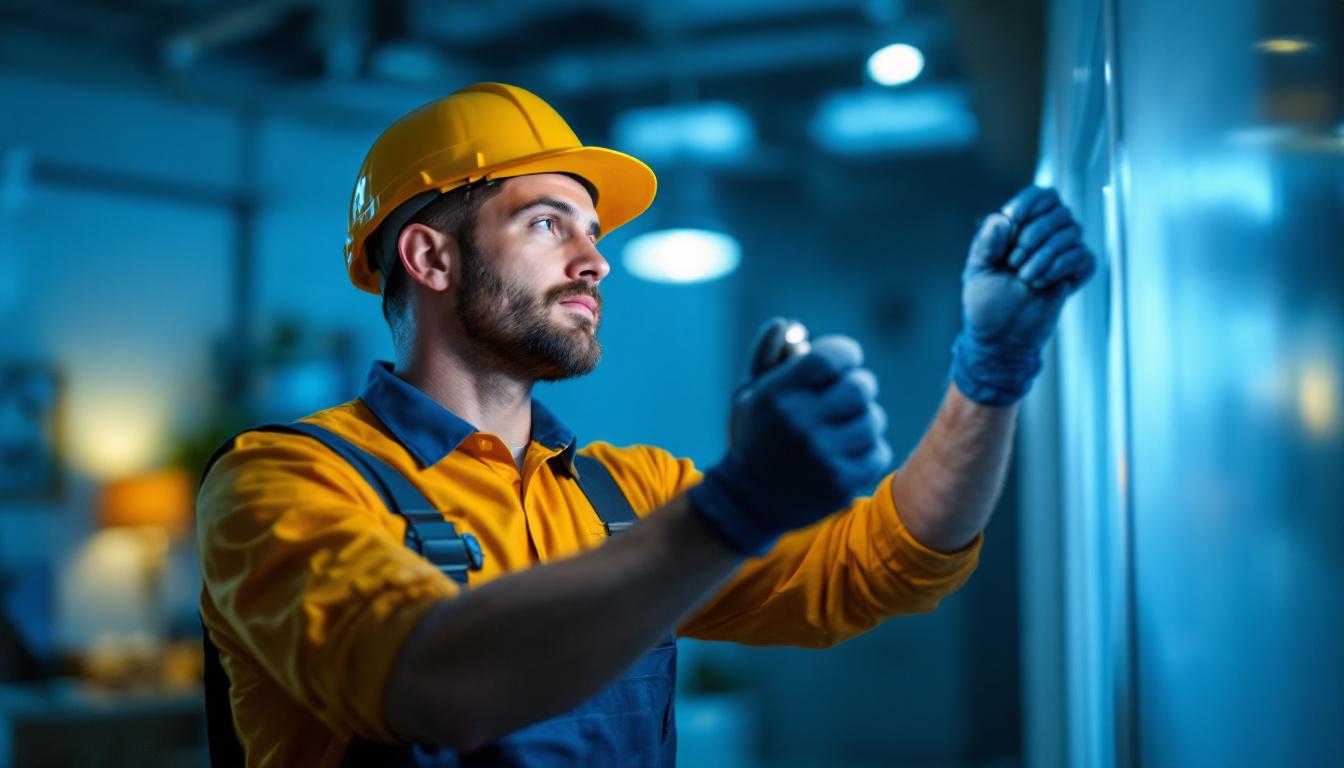
Discover the transformative impact of modern LED lights on the lighting industry.
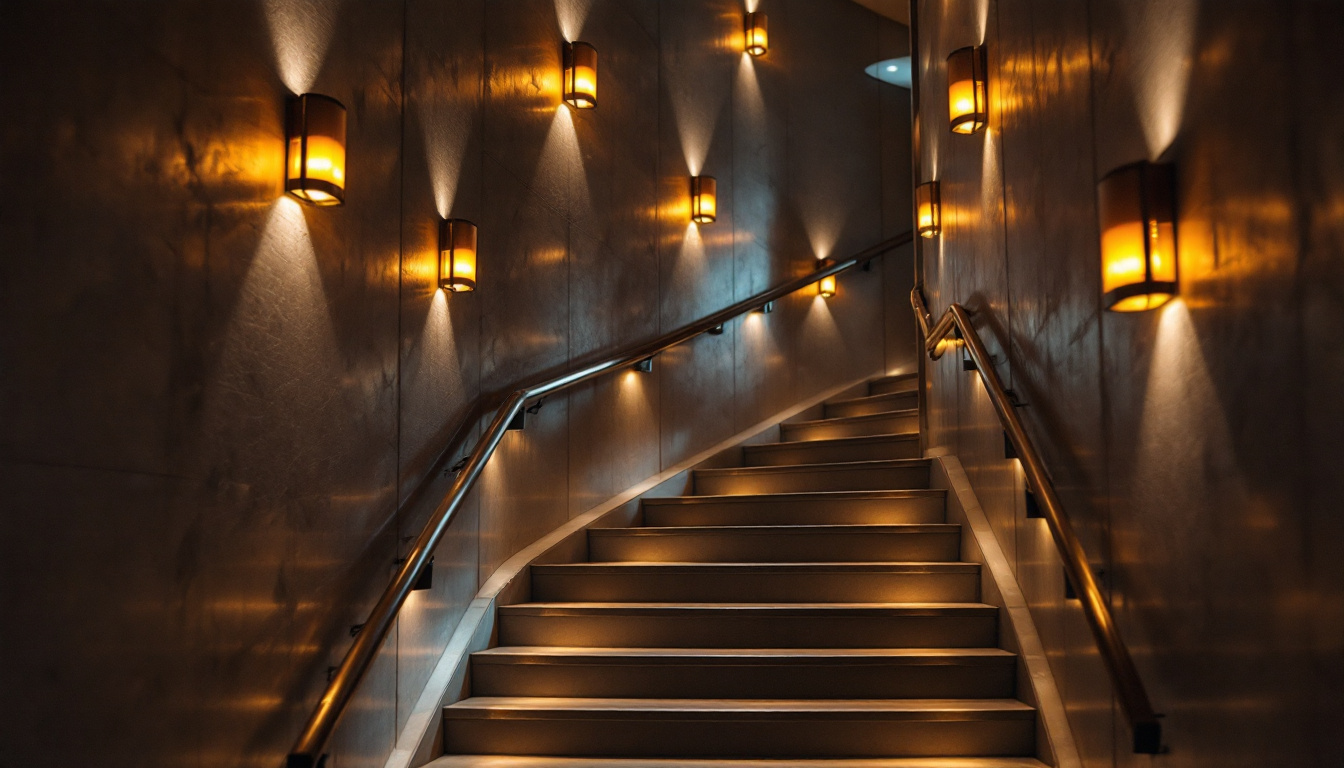
Discover the key insights lighting contractors need to meet client expectations for stairway illumination.
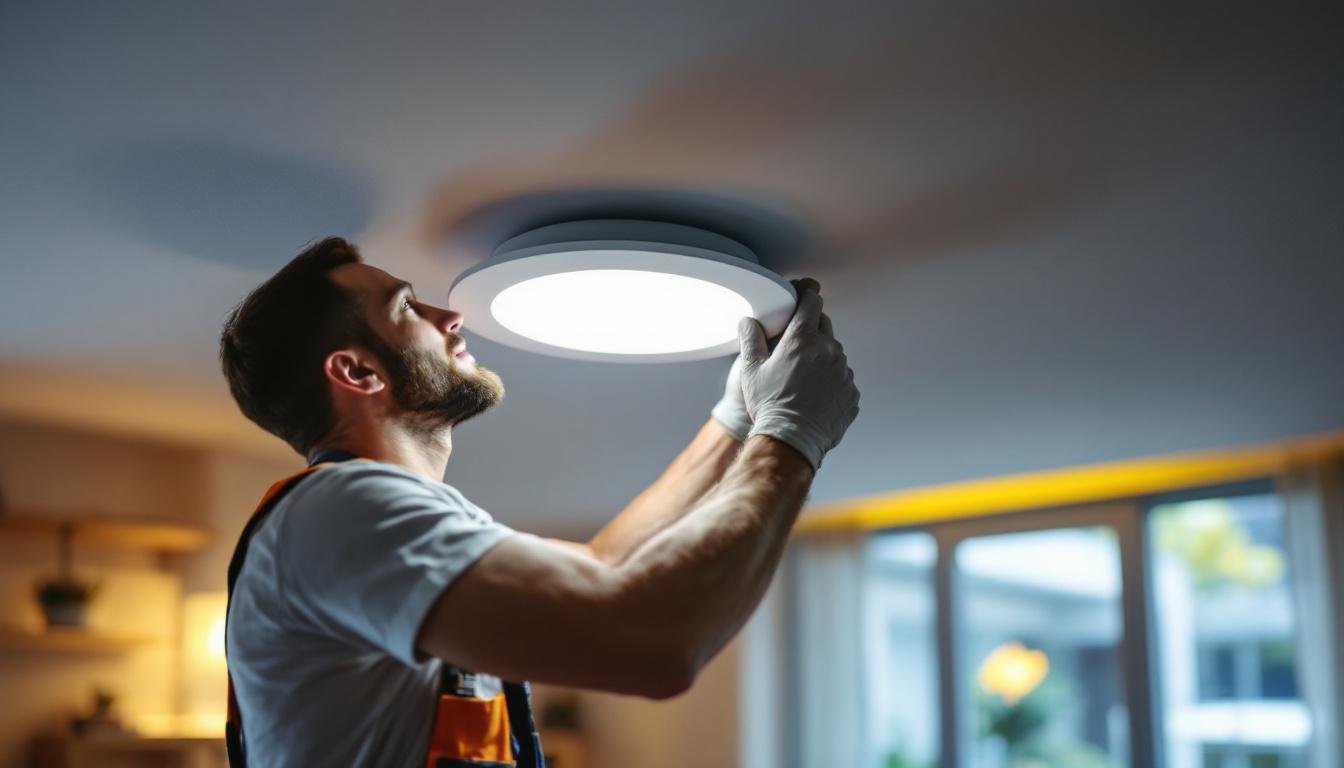
Discover the key factors that distinguish top lighting contractors when it comes to LED retrofit recessed lights.
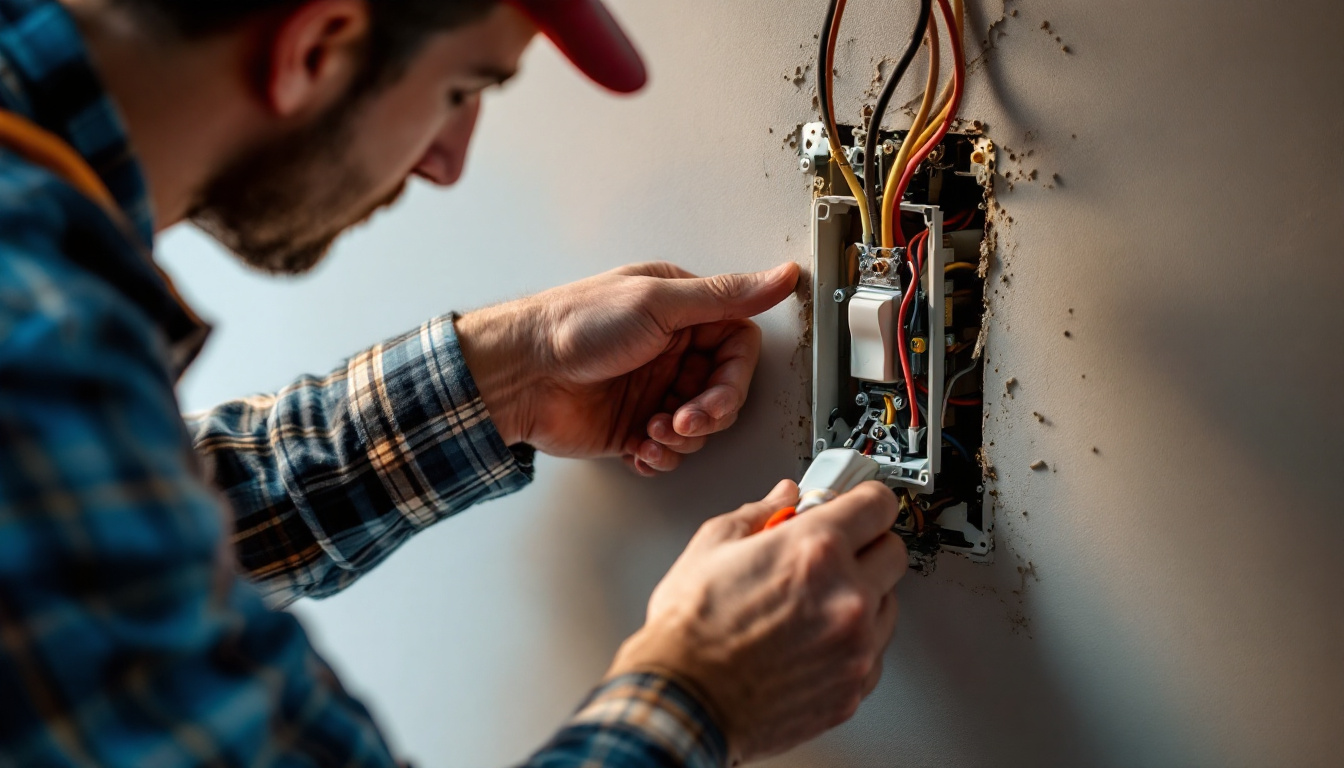
Discover the top challenges lighting contractors face when installing back-to-back electrical boxes for switches and receptacles.